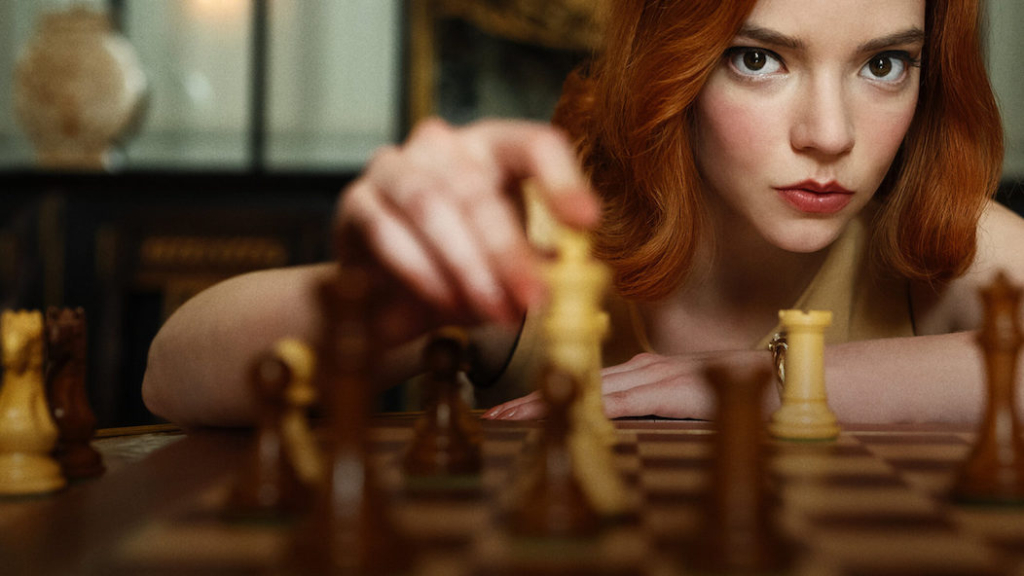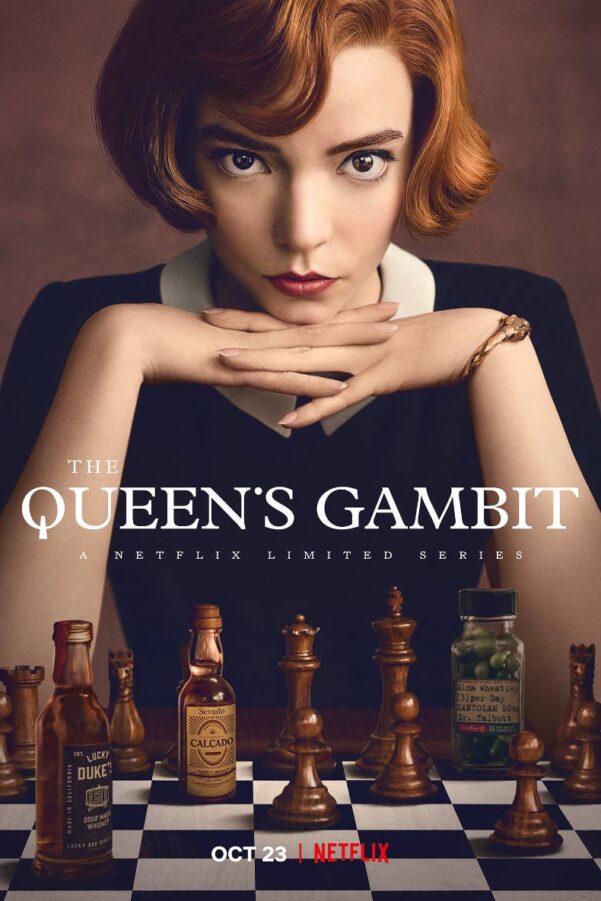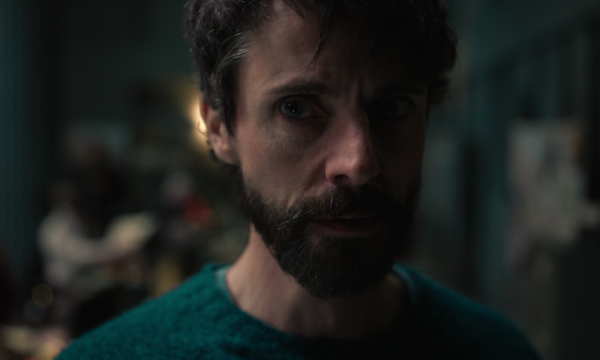The Queen’s Gambit: A chess story that’s not about the moves but the motives

Breaking record streaming figures, galvanising a resurgence in the popularity of chess and putting leading star Anya Taylor-Joy in the spotlight, Netflix mini-series The Queen’s Gambit became one of the most talked-about shows of 2020. The production, adapted from the acclaimed 1983 novel of the same name by Walter Tevis, chronicles the rise of Kentucky teen Beth Harmon (Taylor-Joy) from orphan to grandmaster. Learning the game in the dingy orphanage basement under the tutelage of the janitor (Bill Camp), Harmon’s innate talent sees her accelerate through the ranks of the chess world, battling addiction, alcoholism and sexism on her way.
The Queen’s Gambit shares much of the same DNA as your classic underdog story, thrusting viewers as outsiders into the world of the ancient sport through the eyes of its protagonist, who is also a newcomer to this way of life. But the great thing about this show is that there’s no need to know anything about the game to understand it. Despite all the technical talk about strategies that dominate the drama, the play itself is never really the focus.
During the numerous matches that act as the climactic points of many episodes, it’s rare that the camera follows the action on the board. Rather, our attention is fixed on the reactions to the spectators and – more importantly – the faces of Harmon and her opponent. We don’t need to understand the implications of what a certain manoeuvre means because everything we need to know about the power and weight of each move is written on Beth’s face.
And then there’s the lead herself, who demonstrates just as much of an innate understanding of her character as of chess. An actor who has already given outstanding performances in Split and The Witch, the young star once again deploys her impressive range and screen presence, conveying complex emotion through just her facial expressions. Taylor-Joy’s performance alone is enough of a reason to binge her latest drama, but it’s in the character itself that the fascination of this series lies.
A child prodigy who rises to celebrity status, Beth is astoundingly good at what she does. The laws of the underdog formula dictate that she’ll make it to the top to face her main adversary in her toughest battle yet; and while this is the main trajectory of the protagonist’s journey, her main rival isn’t an unbeatable grandmaster, it’s herself. Driven by her addiction to winning as much as tranquillisers, she is her own antagonist. As she sends herself into a spiral of self-destruction, Beth’s journey is as much to do with overcoming her own demons as it is about conquering the chessboard. Consequently, the illusion of her being the archetypal underdog do-gooder is smashed the same instant she drops the large jar of sedatives she steals at the orphanage.
Up there with some of the best-written characters in recent memory, Harmon is just as flawed as she is brilliant. She has the natural talent to win, but her obsessions, frustration and self-doubt frequently get in her way. When she takes her seat at the table it’s not how she’s able to win that pushes the narrative, but how she reacts to each outcome.
Chess may be the central subject of this spectacular Netflix series, but make no mistake in thinking that The Queen’s Gambit is solely about this game of strategy. It’s about so much more.
Andrew Murray
The Queen’s Gambit is available on Netflix now.
Watch the trailer for The Queen’s Gambit here:

























Facebook
Twitter
Instagram
YouTube
RSS